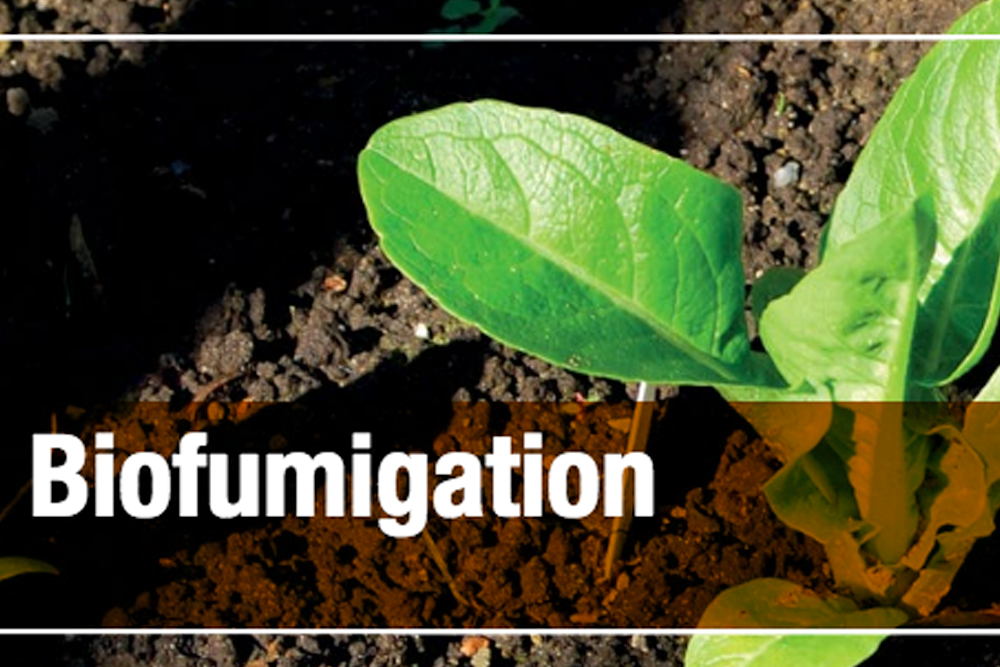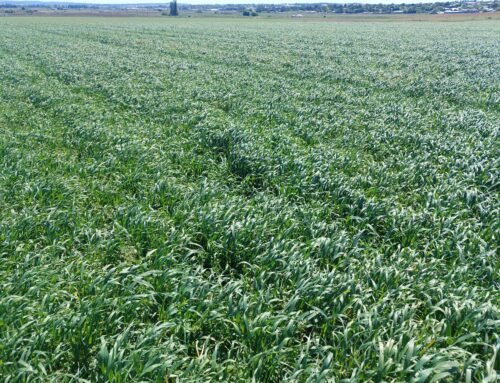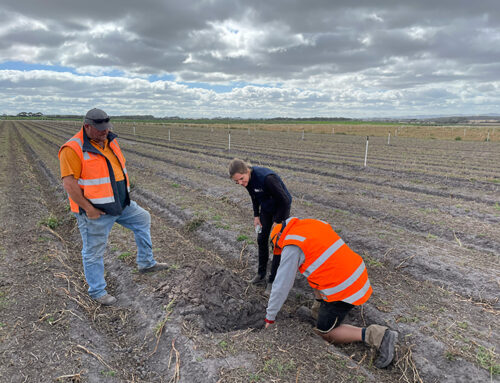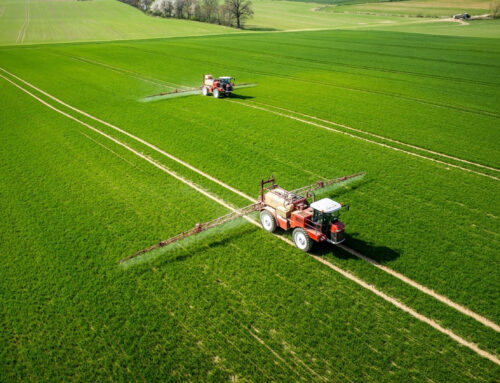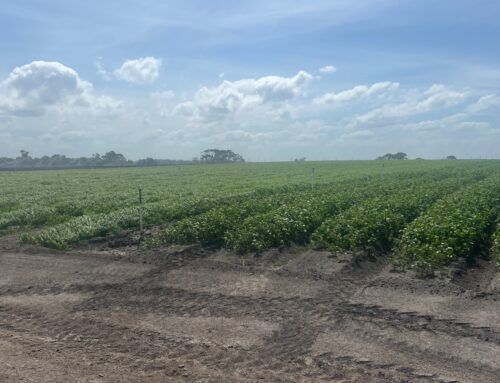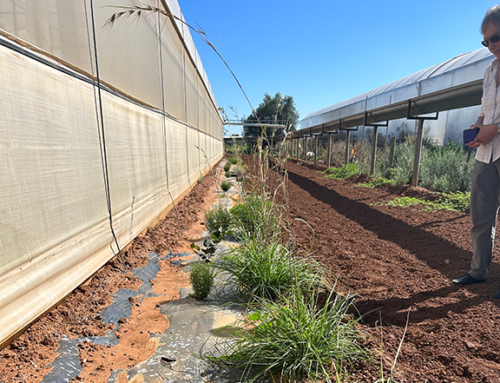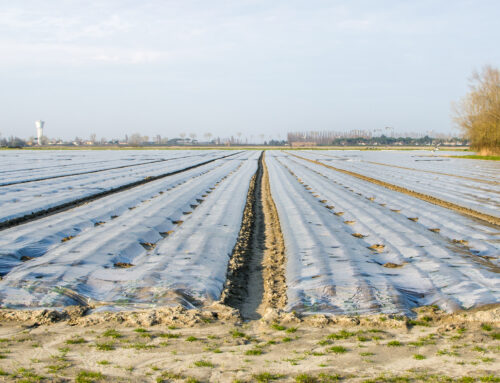Glucosinolates (GSLs) or cyanogenic glucosides are responsible for the fumigation effect, and are found in brassicas or specialised sorghums.
When the biofumigation crop is macerated, GSLs are broken down by the enzyme myrosinase and isothiocyanates (ITCs) are produced immediately. ITCs are highly toxic compounds to many soil-borne pests, diseases and weed seedlings.
To contain ITCs in the soil, the biofumigation crop must be finely macerated, incorporated directly, and the soil surface sealed through irrigation, rain or rolling.
COMMON BIOFUMIGANT CROPS
The best choice in quality for a suitable biofumigant variety it depends by the content in Glucosinolates (GSLs) and the soil and climate conditions of the area.
BENEFITS
Use of biofumigant crops provide many benefits, first of all a rich provision of organic matter (35 t/ha average), this means a massive improvement of the structure and the fertility of the soil with rebalance of microflora, this permit to save chemical products more carbon dioxide fixed under the ground instead to being released into the atmosphere.
MANAGING A BIOFUMIGANT CROP
If we are looking to obtain an high quality final product, all the steps need attention for details. Managing biofumigants is important as a proper vegetable crop.

